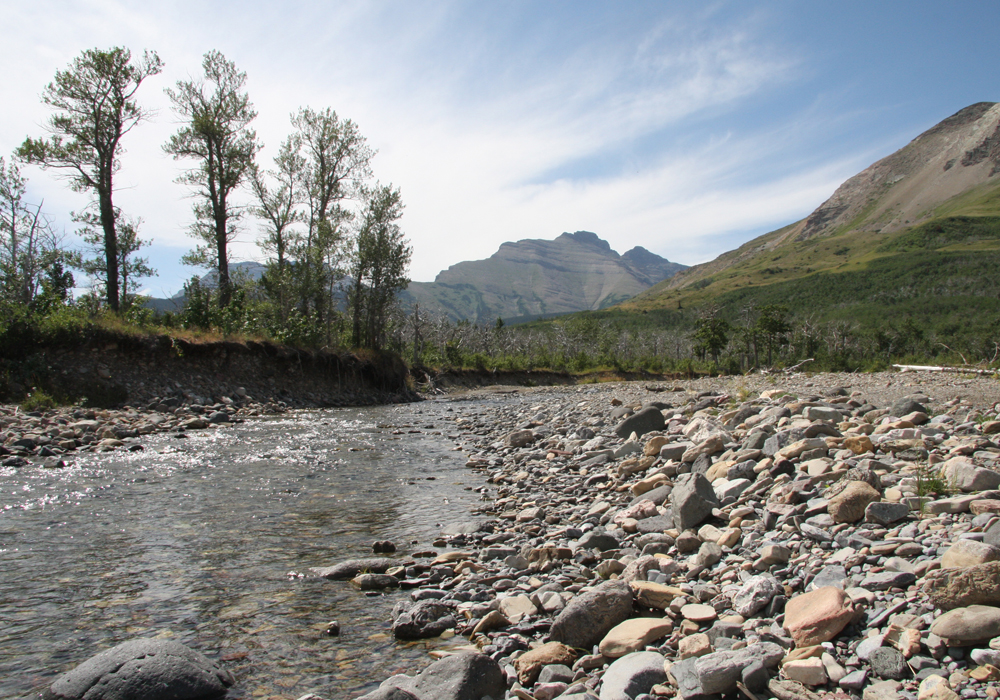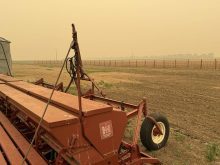GENEVA, Nov 2 (Reuters) – Governments and U.N. agencies meeting at COP26 in Glasgow formed a water and climate coalition on Tuesday to address growing hazards and shrinking reserves.
Led by the presidents of Tajikistan and Hungary, the coalition will seek to implement reforms which the United Nations’ World Meteorological Organization says are needed in the global management of water resources.
Data over the past 20 years shows that the amount of water stored on or near the land surface such as soil moisture as well as snow and ice has dropped at a rate of 1 centimetre a year, the WMO said, with huge ramifications for water security.
Read Also

Saskatchewan puts crown land auction on hold
Auctions of Saskatchewan crown lease land are once again on hold.
Melting glaciers are also set to increase the risk of landslides and avalanches and deprive the many millions of people living downstream of a key resource, it added.
The coalition will aim to boost data sharing and create a more integrated approach to water-climate management to support more effective adaptation and resilience, the WMO said.
“Water and climate tend to be dealt with separately. We are now saying water is the canary in the coal mine of climate. You have got to tackle them together,” Clare Nullis, WMO spokesperson said.
Tajikistan’s President Emomali Rahmon proposed setting up a fund for glacier preservation at the coalition launch.
The volume of its glaciers, which make up 60 percent of water resources for Central Asia, has already decreased by a third, he said, and 1,000 glaciers have melted completely.















